As a part of history taking, Dietary assessment becomes an important part of pediatric history. As childhood is the age of rapid growth and development, any lag in diet and nutrition will manifest with long-term effects if not addressed in time. One of the common nutritional manifestations is Stunting, which…
Category: Clinical Skills and Approaches
History taking and examination skills and Flowchart approaches to commonly encountered medical conditions and diseases.

Inverted Reflexes
An inverted tendon reflex refers to the elicitation of the movement opposite to that normally seen when the reflex is elicited. Mechanism of Inverted Reflexes A lesion which simultaneously affects: This leads to 2 components: Mechanisms of hyperactive response: Types of Inverted Reflexes 1. Inverted supinator reflex: 2. Paradoxical triceps…
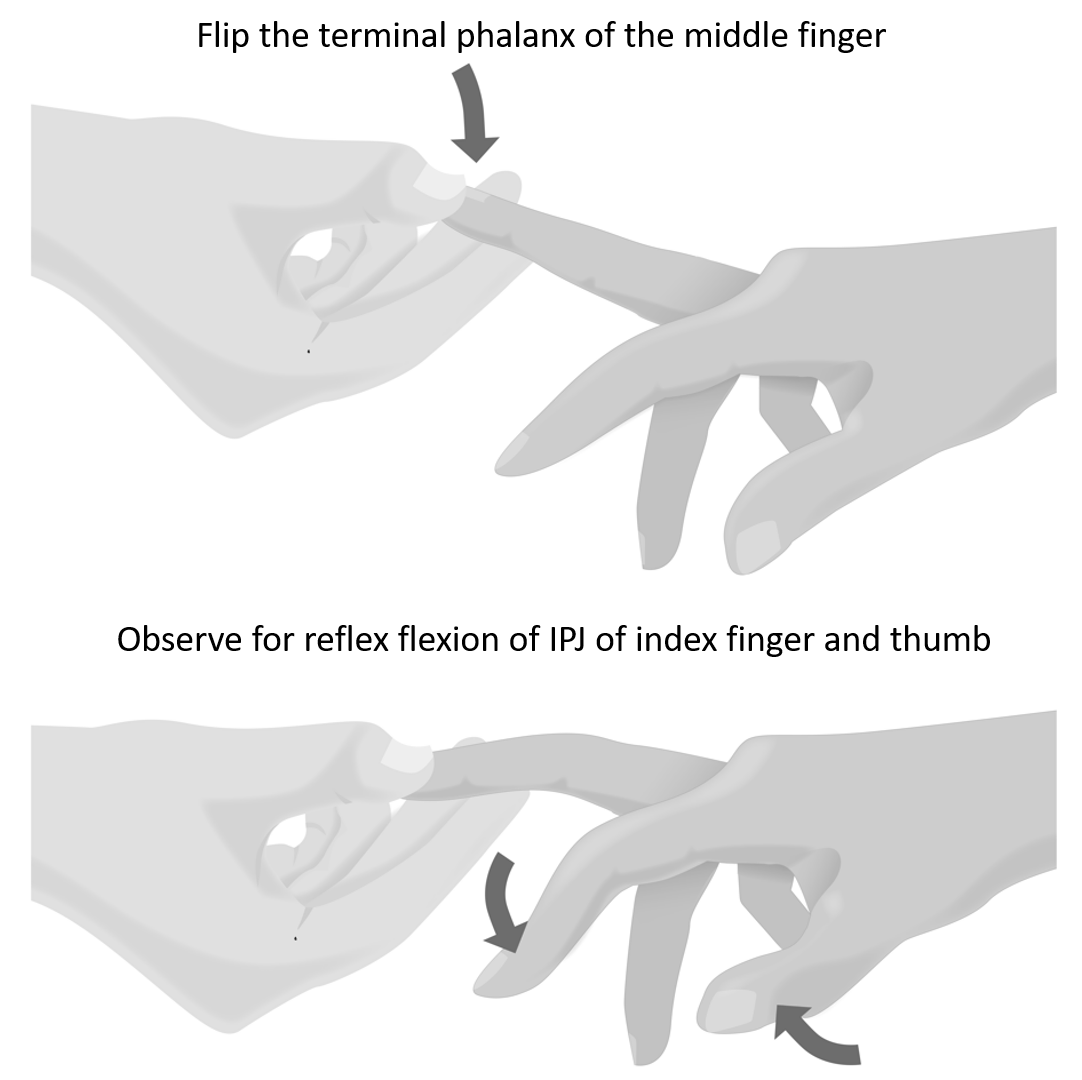
Hoffmann’s Sign
History Method of Eliciting Hoffmann’s Reflex Mechanism of Positive Hoffmann’s Reflex Sudden stretch of the finger flexors causes involuntary finger flexor contraction due to activation of a monosynaptic stretch reflex. Exaggeration of the reflex is caused by hyperreflexia in the setting of upper motor neuron dysfunction. Upper motor neuron lesions…
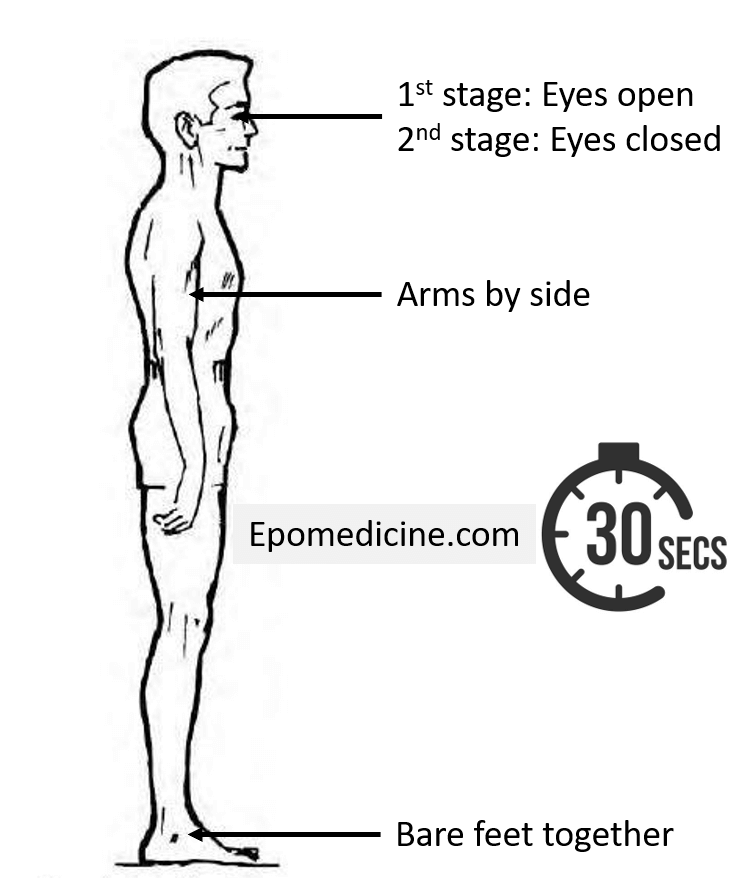
Romberg test
Tests the function of: Posterior or Dorsal column which may be impaired in: Subacute combined degeneration (SCD) of spinal cord (Vitamin B12 deficiency) Posterior cord syndrome (Posterior spinal artery infarction) Hemisection of spinal cord (Brown Sequard syndrome) Pathophysiologic basis: When the patient is standing with the eyes open, visual, proprioceptive,…
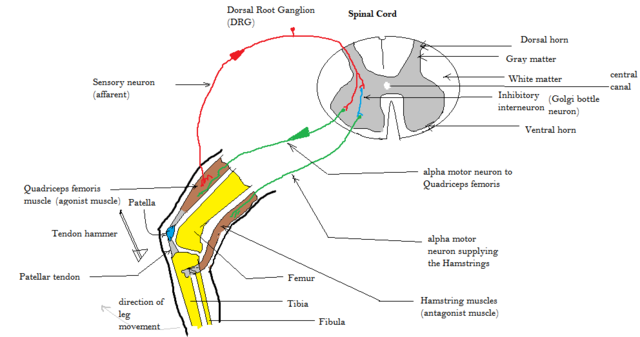
Deep tendon reflexes
Deep tendon reflexes are monosynaptic reflexes integrated at lamina IX of the spinal cord. Deep tendon reflexes may be interpreted as: Normal Diminished or absent (hyporeflexia): Lower motor neuron lesions Exaggerated or clonus (hyper-reflexia): Upper motor neuron lesions Inverted or paradoxical: Damaged afferent pathway Name Spinal level Peripheral nerve Location…
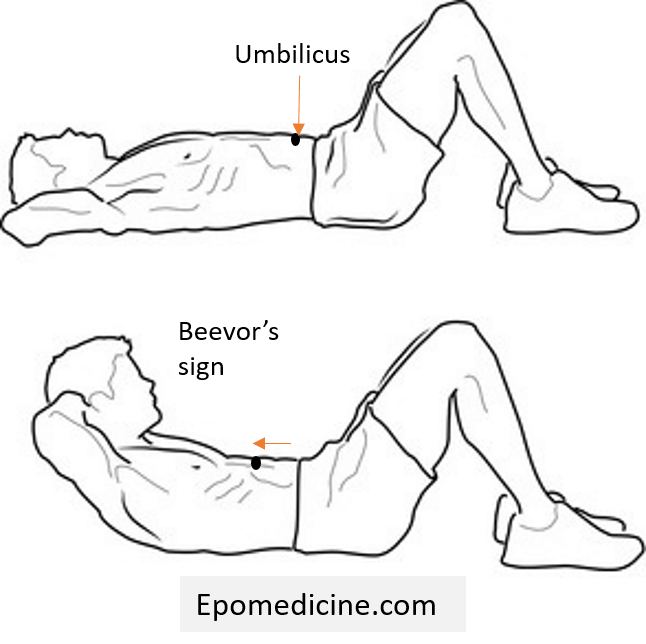
Beevor’s sign
Named after: Charles Edward Beevor Definition: Upward (Cephalad) movement of the umbilicus in a supine patient attempting either to flex the head onto the chest against resistance or performing a sit-up. It is not a pathologic reflex, but a sign resulting from imbalance in muscle strength between the upper and…
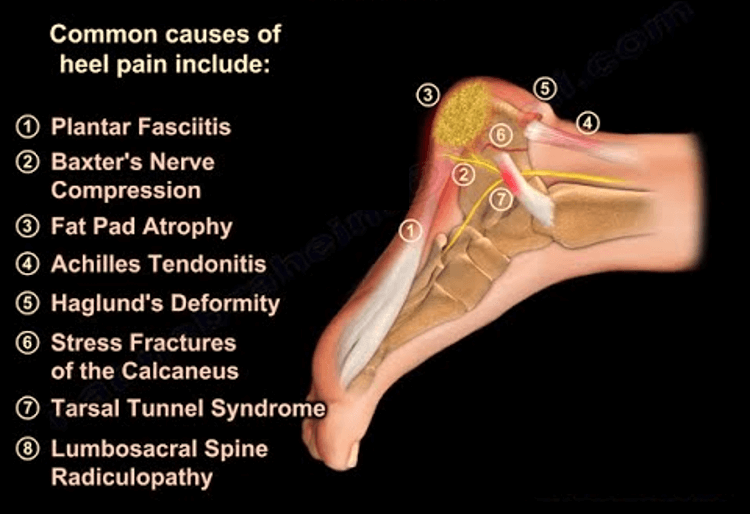
Heel Pain : Mnemonic
Mnemonic: HEEL PAINS 1. Heel pad syndrome 2. Enthesopathy 3. Entrapment 4. Ligaments 5. Plantar fasciitis 6. Posterior tibial tendinopathy/tenosynovitis 7. Peroneal tendinopathy/tenosynovitis 8. Arthritis 9. Impingement 10. Neuroma 11. Spurs 12. Stress fracture 13. Sinus tarsi syndrome 14. Sever’s disease 15. S1 radiculopathy Condition Description Site of heel pain…
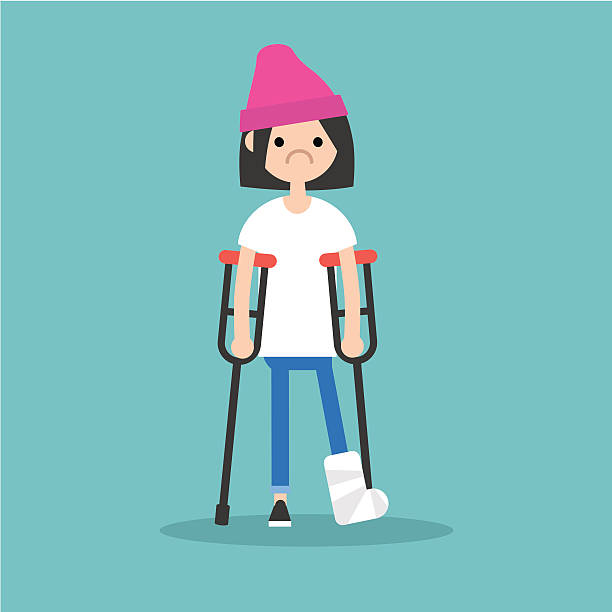
Child with a limp : Mnemonic Approach
HISTORY AND EXAMINATION Mnemonic: LIMPINGS 1. Limping definition and onset Any deviation in walking pattern away from the expected normal pattern for the child’s age Limping is never normal Acute Acute infections Trauma Leukemia Unstable SCFE Epidural abscess Chronic SCFE DDH Neoplasm Child abuse Neuromuscular conditions Leukemia 2. Injury Mnemonic:…
